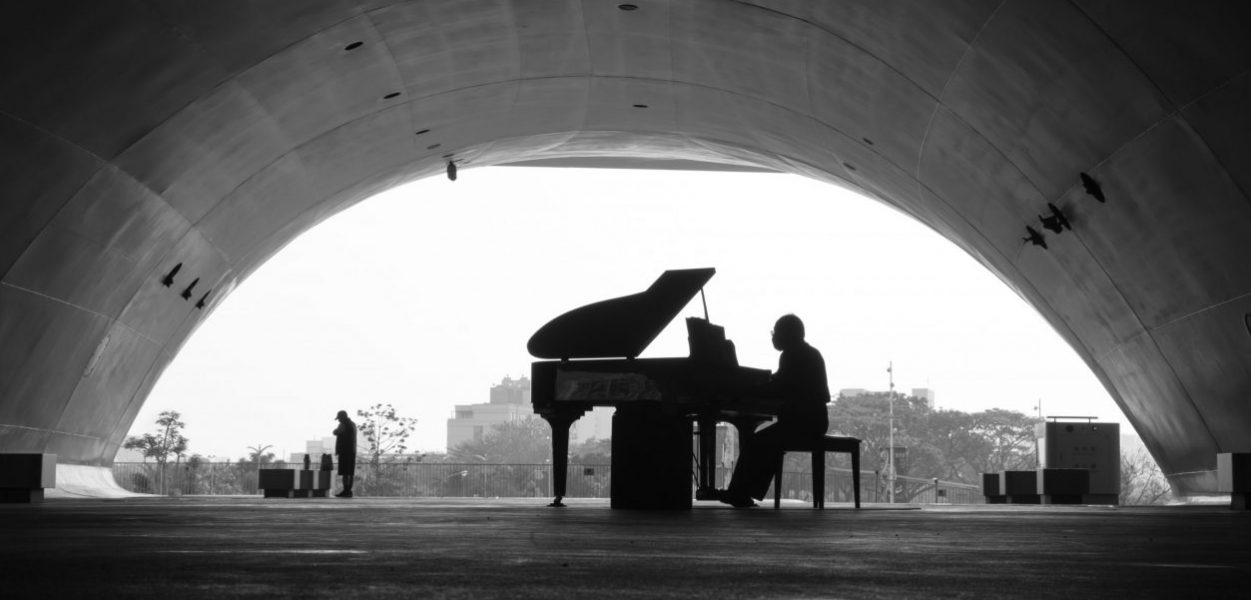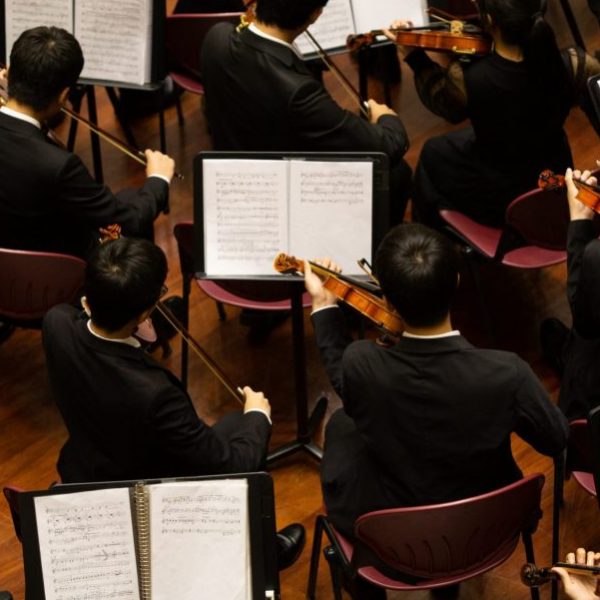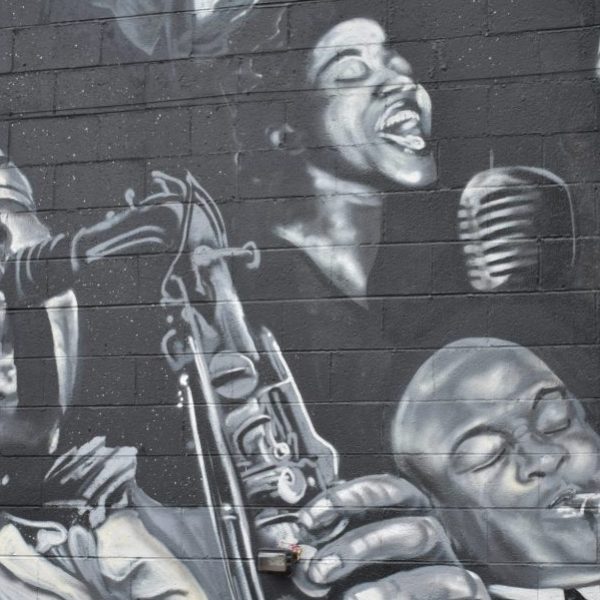The Piano in 100 Pieces
Susan Tomes—
A history of the piano in only 100 pieces—how can that be? Doesn’t the piano have one of the most extensive literatures of music written for any instrument?
In reality, one would need thousands of choices to do justice to the piano music of the last 250 years. Yet, as a reader, I find myself picking up books which offer 100 best restaurants in Europe, or 100 great churches to visit. It’s a good way of giving the reader a glimpse of a wider subject. I wanted to try the same thing with piano music, picking out a hundred works I thought were significant in some way – important, influential, visionary, or just lovable.
As I started to assemble my list, I realized that probably no bunch of pianists would agree on the most important 100. Perhaps only a handful of works would appear on all our lists, and even having said that, I wouldn’t want to commit myself as to what they might be! A dedicated solo pianist might well choose a hundred solo pieces. I rejected that idea because it would exclude a subset of piano literature I particularly love – chamber music. Ever since I first started playing chamber music as a teenager, I’ve felt that some composers have given us their very best work in this genre, in which the piano plays a central role. There’s something about this confiding, intimate music which brings out the best in composers as well as players. For example, I contend that Brahms’ sonatas for piano and violin are lovelier than his sonatas for solo piano. Likewise, though Beethoven’s piano sonatas are a peak of piano literature, I find some of his duo sonatas for piano and violin equally memorable. And when we get on to piano trios – works for piano, violin and cello – there are many which to my ear represent those composers at their best. Schubert’s two piano trios, for example, written in the last year of his life, show an imaginative range, a grasp of structure and a sense of purpose only now and then on display in his solo piano music. Robert Schumann’s writing for piano trio seems to have jolted him out of the obsessive repetition which sometimes mars his solo piano music. And as for Ravel – despite all his glittering works for solo piano, is there anything as impressive and passionate as the piano trio he wrote on the cusp of the First World War?
I also wanted to include some works by women composers. This is a tricky area, because very few of them became well-known. Women composers have had a tough time because their societies often didn’t consider it seemly for women to publish their own music. Indeed, they didn’t even think women should shut themselves away to compose music when there were so many household tasks to attend to. And when women did write music, their manuscripts were often lost. Mozart’s sister Nannerl, for example – it seems she was wonderfully talented too, but none of the music she wrote has survived.
There are some women composers, though, and I included a few of them in the book. An interesting one is Maria Szymanowska, a compatriot of Chopin’s. She was a generation older than him and seems to have preceded him in writing mazurkas, waltzes, études and polonaises for piano. Chopin heard her play in Warsaw, and knew of her success in organising her own concert tours, as well as the popularity of her piano studies. He never acknowledged her, but very likely she was an example to him in several ways.
I also wanted to include some jazz, because listening to jazz pianists has given me so much joy over the years. This too is a tricky area, because jazz is often improvised; if it’s written down at all, it may just be in the form of a melody with indications of what chords are to be played underneath which notes. So it’s not a written literature in the same way as the volumes of sonatas and concertos which sustain students of classical piano. Nevertheless, the jazz age more or less coincides with the age of recording, so we do have documentation of what jazz pianists played, and of their brilliant imaginations. Jazz and its forbears, ragtime and “novelty” piano music, have produced a sequence of fantastic pianists whose inventions deserve to be celebrated.
The fact that I’m a woman has probably influenced my approach, though I’m not sure I could say how. Perhaps temperament is more important than gender in drawing one towards certain pieces. At any rate, it’s worth pointing out that most piano music has been written by men, who probably assumed that most pianists who tackled their music would be men. Men’s hands tend to be larger than women’s hands; piano music which requires a large stretch between individual fingers, or laterally across the whole hand, tends to lie more easily within men’s grasp. This is particularly so in nineteenth-century Romantic piano music where a big stretch is necessary for luscious, widespread chords. My own hand is quite small, and I daresay that over the years I have gravitated towards piano pieces which lie pleasantly under my hand: more Mozart than Rachmaninov, perhaps.
Finally, my choices have been influenced by the fact that I’m a pianist. Many of the works I chose are pieces I have lived with, practiced at home, rehearsed with others, and performed on all sorts of pianos to all kinds of audiences. My experiences, and listeners’ responses, have shaped my list of favorites. I hope my choices will encourage people to start thinking about what their own favorites would be.
Check out Susan Tomes’ “Piano: A History in 100 Pieces” playlist on Youtube: https://www.youtube.com/playlist?list=PLGaj9WGos1FbtBiFWy_i81LqSZdhbfyn4
Susan Tomes is a concert pianist and writer. Renowned both as a soloist and as the pianist of Domus and the Florestan Trio, she is the author of numerous works including Beyond the Notes, Sleeping in Temples and Speaking the Piano.
Further Reading:





